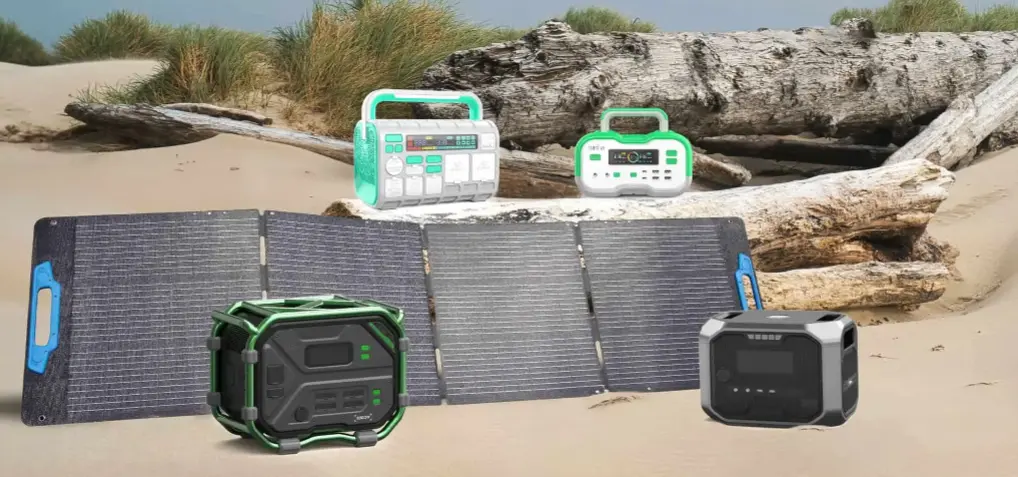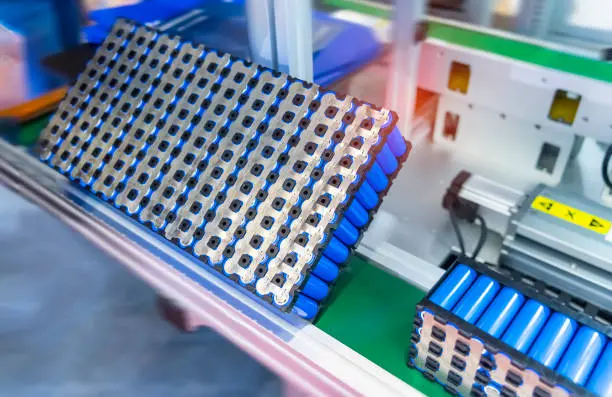
Customizing a portable power station to fit specific requirements can range from relatively simple to quite complex, depending on the level of customization desired. Here are some key factors to consider:
The Complexity of Customizing a Portable Power Station
Battery Capacity: One of the primary considerations is the battery capacity, measured in watt-hours (Wh). Higher capacity means longer runtime but also results in a larger and heavier unit. Customizing the battery capacity involves selecting the appropriate cells and configuring them to achieve the desired output.
Output Ports: Depending on your needs, you may require different types and numbers of output ports. For example, if you need to charge multiple devices simultaneously, you might want additional USB ports or AC outlets. This requires careful planning of the internal circuitry to ensure efficient power distribution.
Inverter Type: The type of inverter used can affect the quality of the AC power output. Pure sine wave inverters are ideal for sensitive electronics but are more expensive than modified sine wave inverters. Choosing the right inverter is crucial for ensuring the safety and performance of connected devices.
Solar Compatibility: Many portable power stations offer the option to be recharged via solar panels. If solar charging is important to you, ensuring compatibility and optimizing the charging efficiency will be essential. This might involve integrating Maximum Power Point Tracking (MPPT) technology to maximize the energy harvested from solar panels.
Durability and Design: Customizing the physical design, including the casing material and overall durability, can add another layer of complexity. Whether you need a rugged, waterproof unit for extreme conditions or a lightweight, compact design for easy transport, these considerations will impact the engineering and manufacturing process.
Smart Features: Advanced features such as Bluetooth connectivity, mobile app integration, and real-time monitoring can enhance the usability of a portable power station. Incorporating these smart features requires additional hardware and software development.

By carefully considering these elements, it’s possible to create a portable power station that perfectly fits your unique needs, though it may require specialized knowledge and resources to achieve. Customization offers tailored solutions that better match specific requirements, but understanding the intricacies involved is crucial for a successful outcome.